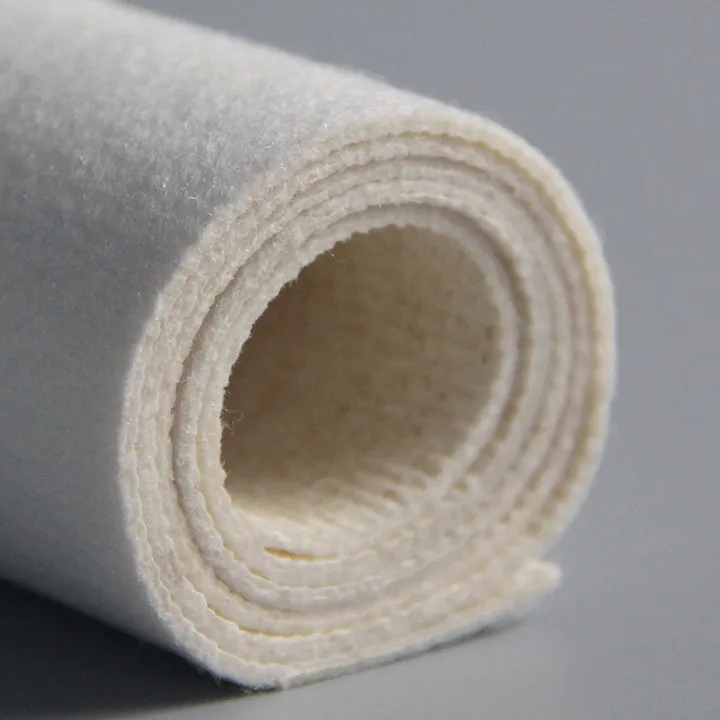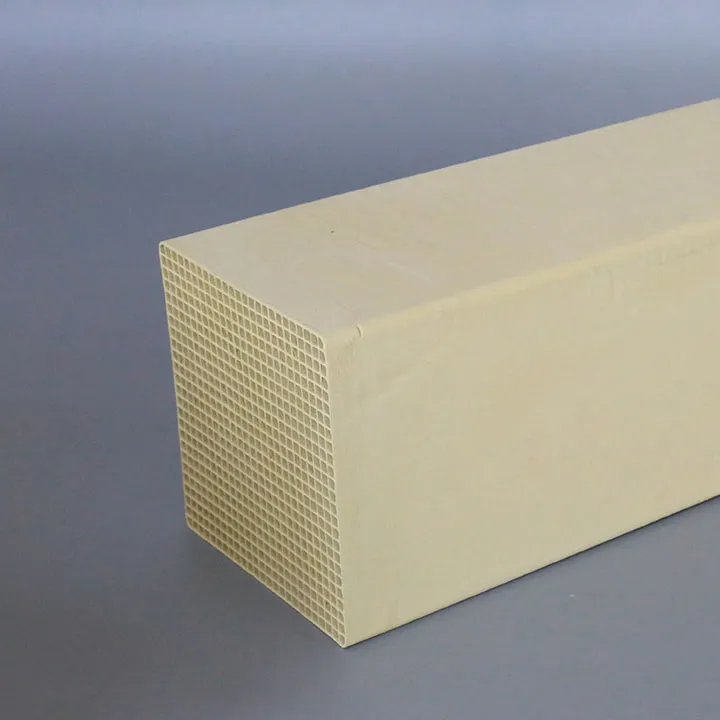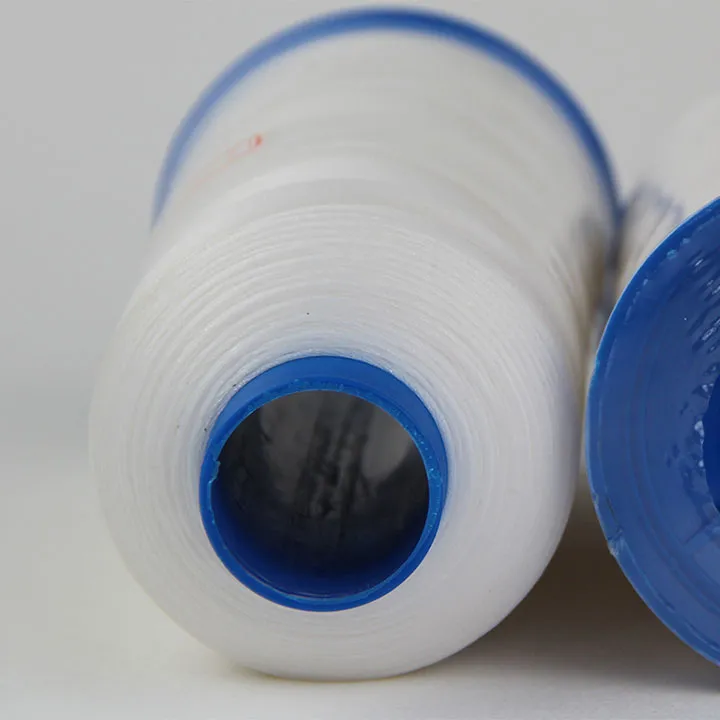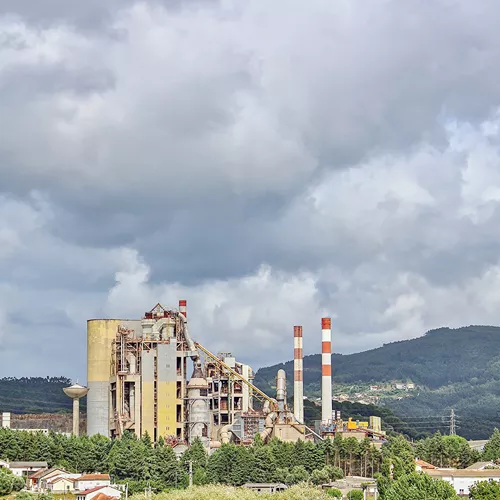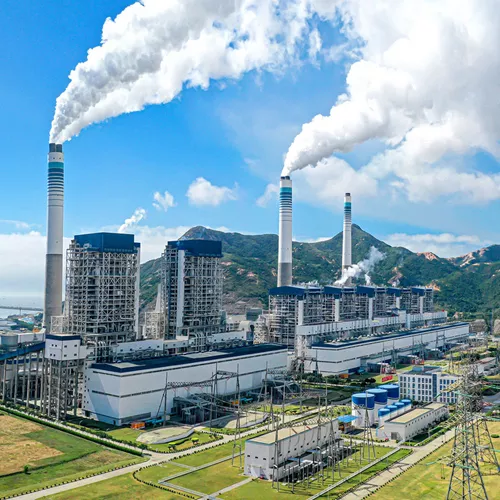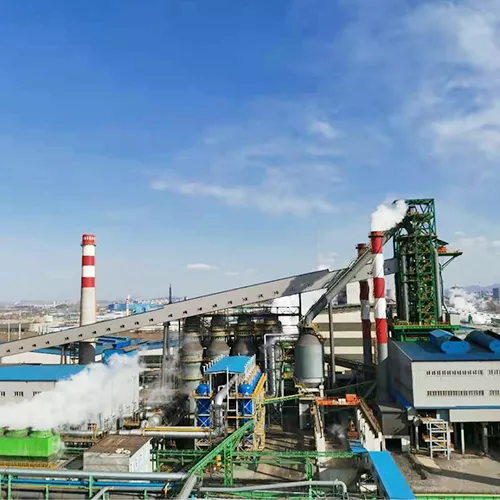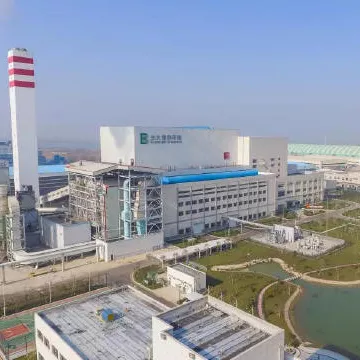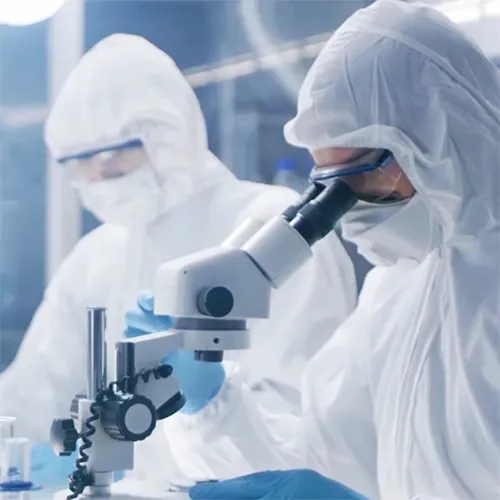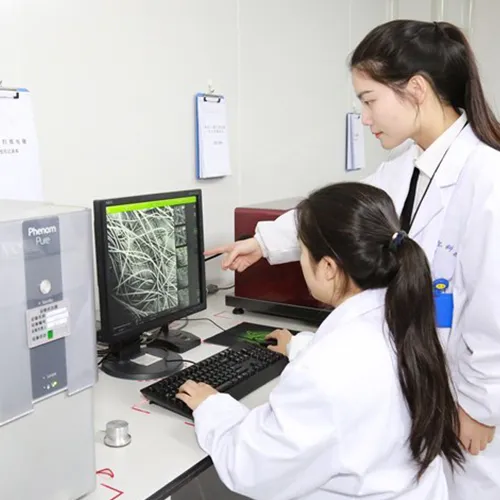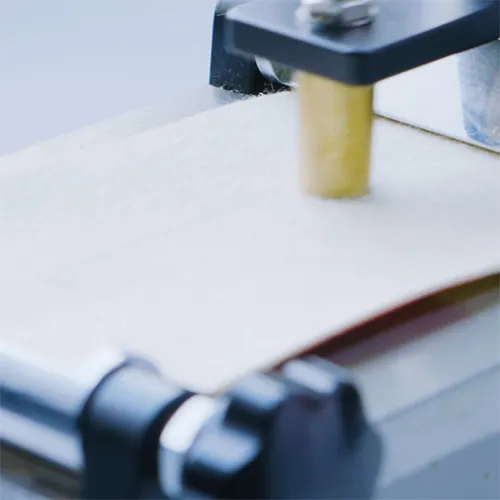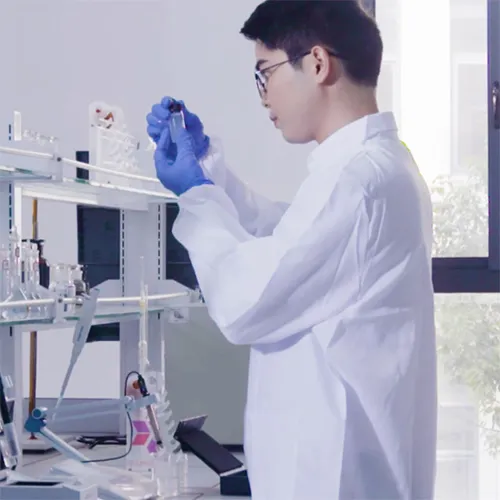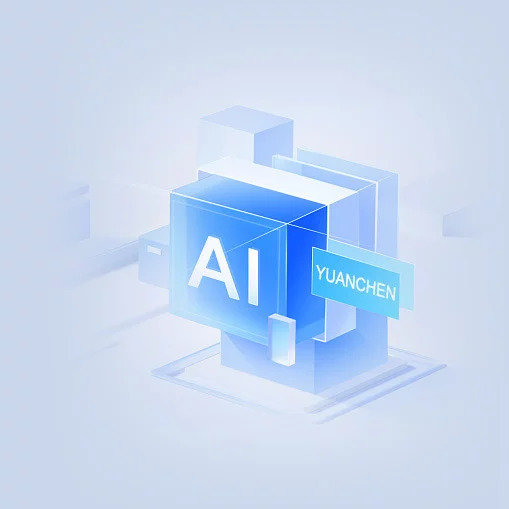What is the current development status of dust collector bag industry?
Against the backdrop of increasingly stringent environmental protection and industrial emission standards around the world, the dust collector bag industry has ushered in a golden period of development. With technological progress and the continued growth of market demand, dust collector bags are not only widely used in traditional industrial manufacturing fields, but their technological innovation has also promoted the improvement of environmental protection standards and injected new vitality into sustainable development.
Growth in market demand
In recent years, as the country attaches great importance to the prevention and control of air pollution, a series of relevant policies and regulations have been introduced to limit industrial emissions, especially for the control of dust emissions. The implementation of this series of policies has greatly stimulated the market demand for dust removal equipment, especially dust collector bags. According to statistics, the market demand for dust collector bags is increasing at an average annual growth rate of more than 10%, showing huge market potential and development momentum.

Promoted by technological innovation
The core technology of dust bags is mainly concentrated on the research and development and manufacturing process of filter materials. In recent years, many domestic and foreign companies have continuously optimized filter bag materials by introducing and digesting international advanced technologies, such as using more efficient filter materials and developing products that adapt to extreme working conditions such as high temperature and high corrosion to meet more stringent environmental protection requirements. In addition, the application of new nanotechnology, ultrafine fiber technology, etc., further improves the dust removal efficiency and service life of the dust filter bag, and reduces maintenance costs.
Product diversification and customization
In response to the specific needs of different industries and different working conditions, dust bag manufacturers provide more diversified and customized products. For example, for the treatment of high-temperature dusty flue gas in thermal power generation, steel smelting, cement manufacturing and other industries, high-end products with high temperature resistance and corrosion resistance have been developed; and for industries with extremely high cleanliness requirements such as food processing and pharmaceutical production, there are special anti-static and antibacterial dust bags. This targeted product development strategy not only meets the needs of the market, but also improves the competitiveness of products.

Industry concentration increases
With the intensification of market competition, the concentration of the dust bag industry has gradually increased. Those companies with core technologies, strong brand influence and strong service capabilities have gradually occupied a dominant position in the market. These companies usually have strong R&D capabilities and financial strength, and can continue to launch new products to meet changes in the market and environmental protection regulations, while also providing more complete after-sales services, thereby winning the favor of customers.
International market expansion
With the improvement of domestic enterprises’ technical level and the enhancement of international influence, more and more Chinese dust bag manufacturers are beginning to enter the international market. By obtaining international certifications and participating in international exhibitions, these companies continue to improve their international reputation and promote high-quality Chinese-made dust removal products to the global market. At the same time, some companies have also accelerated their internationalization process through overseas mergers and acquisitions and the establishment of R&D centers.
Environmental protection policy support
The state’s policy support for the environmental protection industry is an important force in promoting the development of the dust bag industry. Whether it is financial subsidies, tax incentives or the formulation of environmental protection standards, they all provide strong support for the development of the industry. These policies not only reduce the operating costs of enterprises, but also promote technological progress and industrial upgrading in the industry.

Challenges and opportunities
Although market demand continues to grow, the dust bag industry is also facing challenges such as rising raw material costs and complex and changing international trade environment. How to control costs while ensuring product quality and how to maintain advantages in fierce international competition are difficult problems facing enterprises. At the same time, as the country further improves environmental protection standards, how to meet more stringent environmental protection requirements through technological innovation is also the key to the sustainable development of the industry.
In short, as an important part of the environmental protection industry, the dust bag industry is in a strategic opportunity period of rapid development. Through continuous technological innovation, market expansion and policy support, this industry is expected to achieve a broader development space in the future and contribute to the realization of the country’s environmental protection goals and sustainable development strategies.



